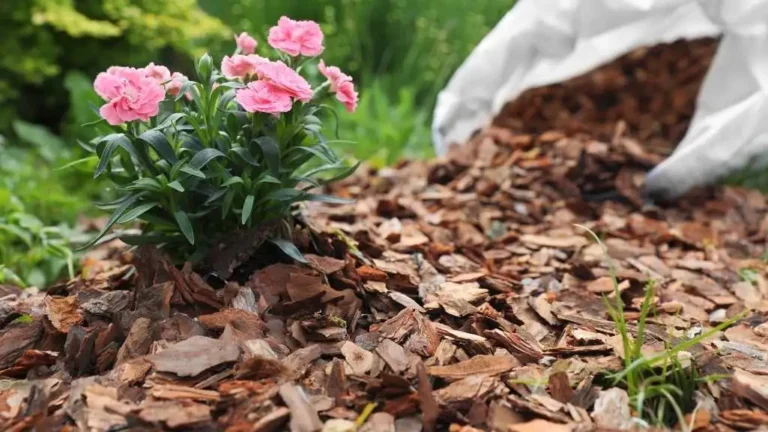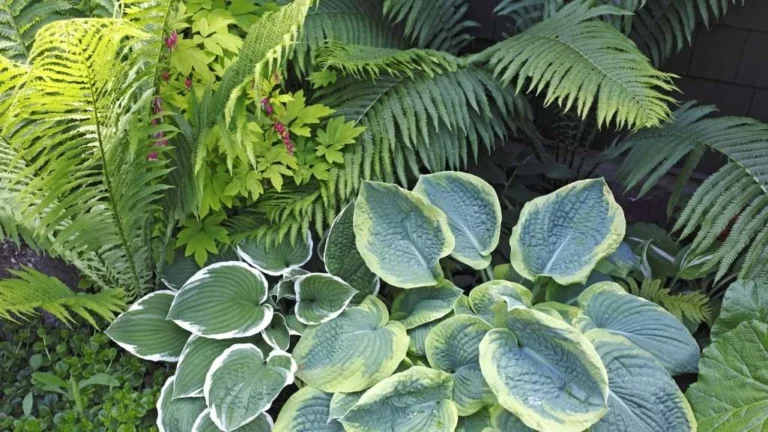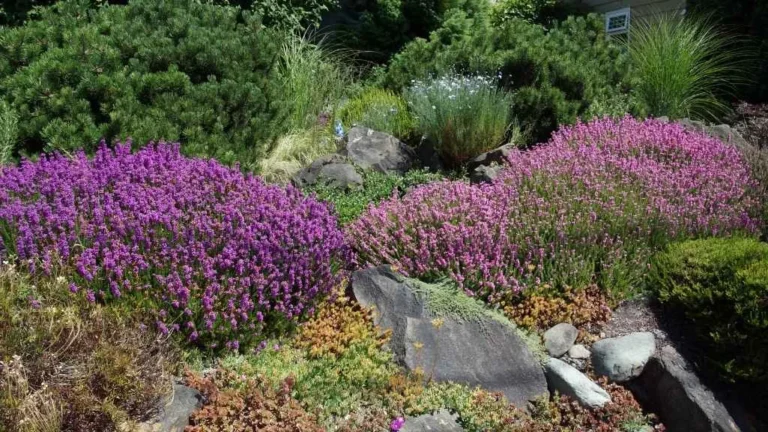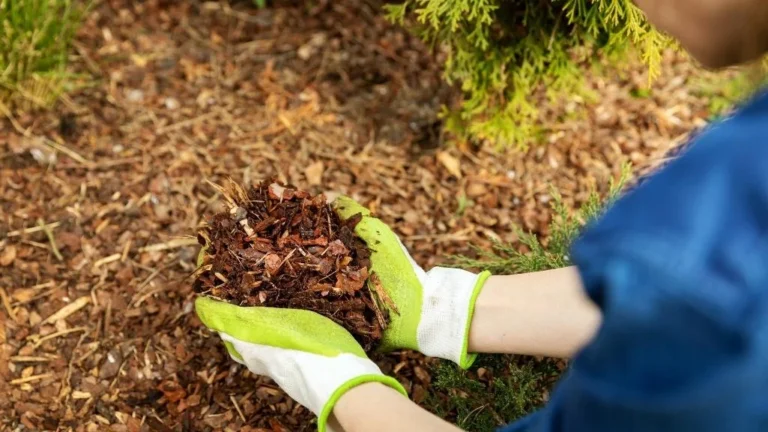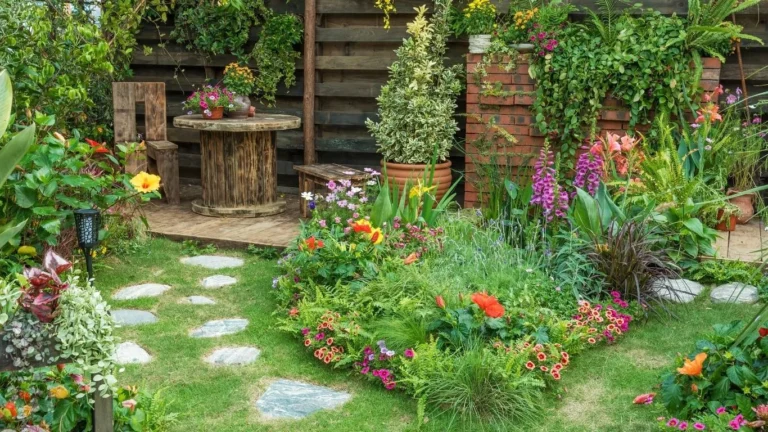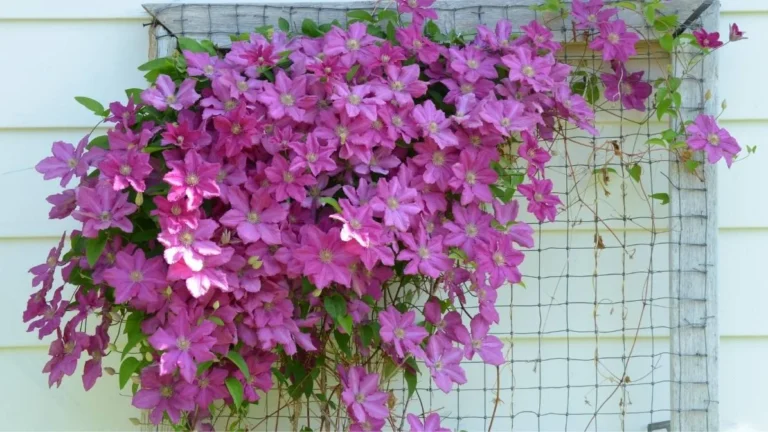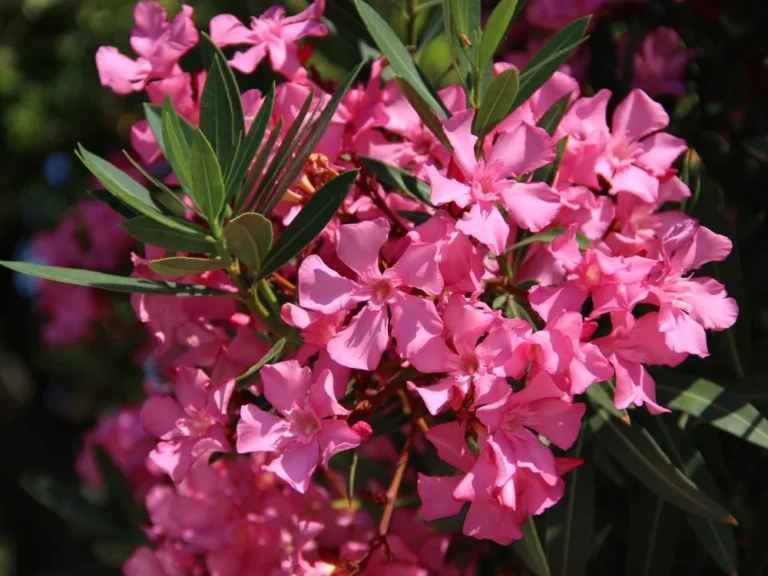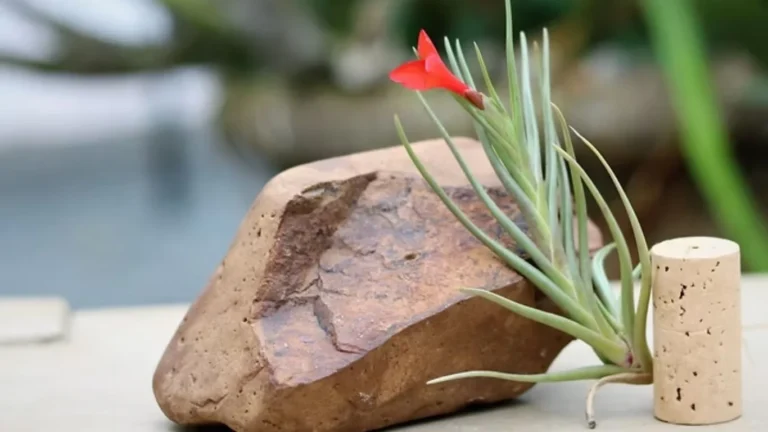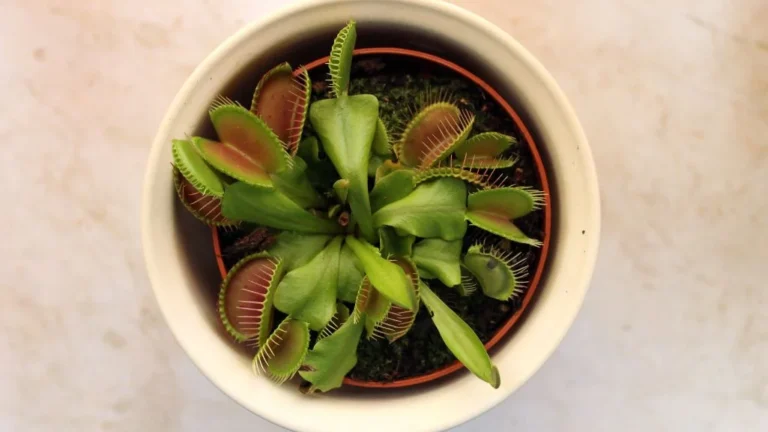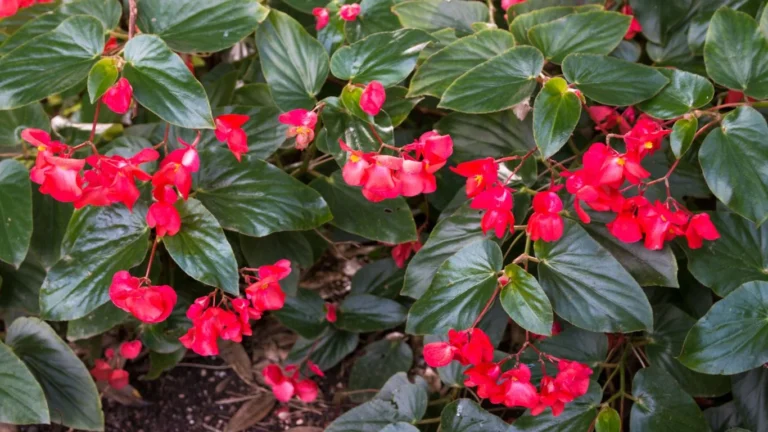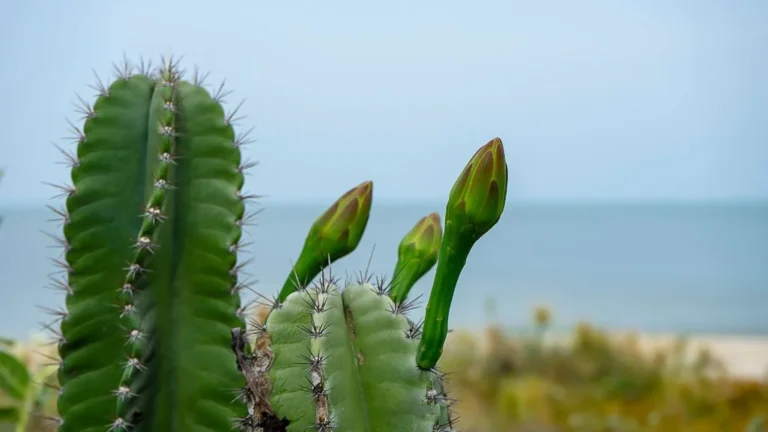After about a year, I got interested in growing cacti. By this time, I got a barrel cactus, fairy castle cactus, bunny-ear cactus, lady finger cactus, and some more. One day, I bought a monkey tail cactus, and thus, my journey with a monkey tail cactus started.
Monkey tail cactus is a unique-looking, low-maintenance, easily propagated plant that blooms beautiful, vibrant tubular-shaped flowers.
Monkey Tail Cactus, At a Glance
Scientific name | Cleistocactus colademononis |
Family | Cactaceae |
Native | Mountains of Bolivia (South America) |
Hardiness Zone | USDA Zones 9-11 |
Plant Type | Succulent perennial |
Bloom Time | Spring & Summer |
Caution
The Monkey Tail Cactus) is generally considered non-toxic to humans and pets. However, its spines can irritate if they come into contact with skin, so it’s a good idea to handle the cactus with care and use gloves if necessary. While the cactus itself isn’t toxic, ingesting any plant material, including cacti, can potentially cause gastrointestinal upset, so it’s best to keep it out of reach of small children and pets.
How Monkey Tail Cactus Looks
Stems
The stems of the Monkey Tail Cactus are long, cylindrical, and covered with soft, white spines. These stems can grow several feet long and often cascade or trail down, making them ideal for hanging baskets. The stems have a unique, furry appearance due to the dense spines, which gives the cactus its distinctive monkey tail-like look.
Flowers
The monkey tail cactus produces pink or red flowers that are tubular in shape.
Height
The Monkey Tail Cactus can grow up to 3 feet (90 cm) or more in length. This plant grows more in length if planted in a hanging basket or container where the stems can freely cascade. In its natural habitat, monkey tail cactus grows even longer, with a stem reaching up to 8 to 10 feet in length.
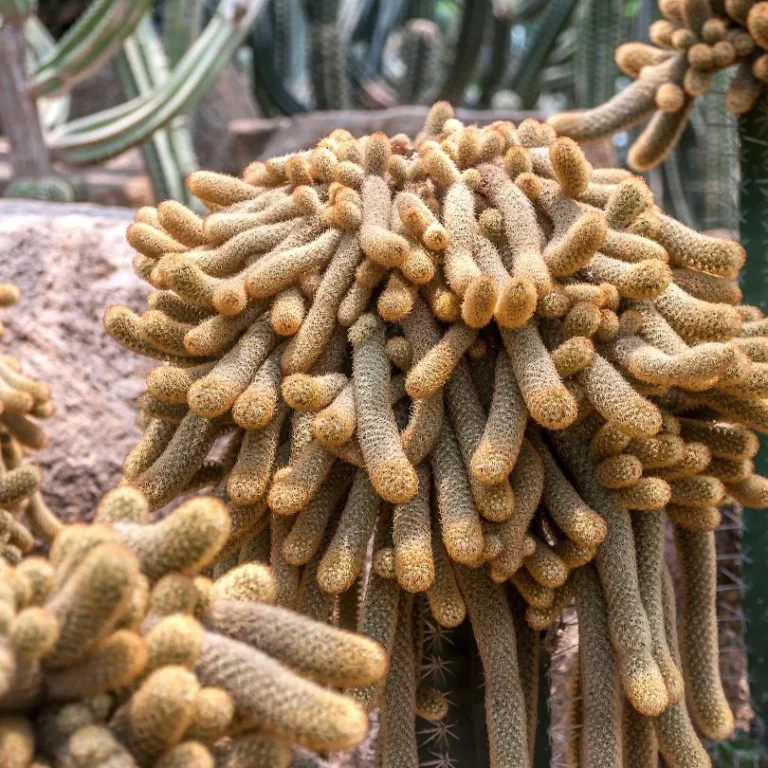
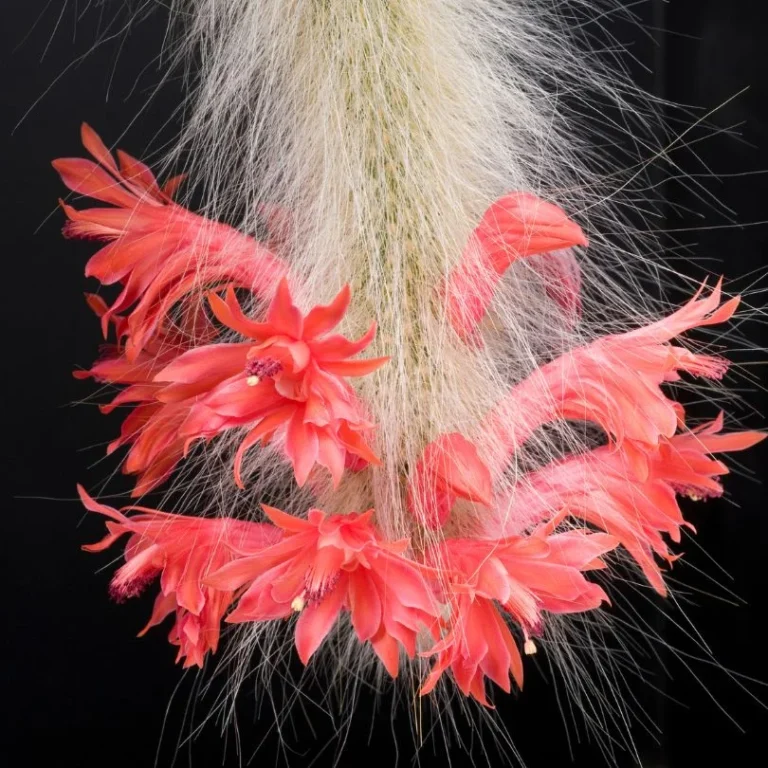
Monkey Tail Cactus’s Requirement
Elements | Requirement |
Sunlight | Bright, indirect sunlight |
Temperature | 60°F to 80°F |
Humidity | 60-70% |
Soil pH | 6-7 |
Soil mixture | Well-drained soil |
Container | Container with drainage hole |
Water | When the soil dries out |
Fertilizer | Once a month during summer and spring |
Note: The soil pH level indicates how acidic or neutral the soil is. On a scale of 1 to 10, with 7 indicating neutrality, a pH value less than 7 indicates acidity, while a value greater than 7 indicates alkalinity. Monkey Tail Cactus plants require slightly acidic to neutralize the soil.
Mix the Soil Properly
Monkey tail cactus requires well-draining soil. A well-draining soil is crucial for the Monkey Tail Cactus because it supports the plant’s natural growth patterns, protects it from rot and disease, and ensures it remains healthy and vibrant. I use the following components to prepare soil for my monkey tail cactus.
- 50% cactus or succulent potting mix,
- 25% perlite for improving aeration and drainage, preventing the soil from becoming compacted and waterlogged and
- 25% coarse sand to help with drainage and mimic the sandy, rocky conditions of the cactus’s natural habitat.
You can also go for premade cactus or succulent potting mix. I prefer preparing my own.
Choose the Right Container
Monkey Tail Cactus plants have a shallow, anchoring, and water-sensitive root system. So, while choosing a container, ensure the following.
- The container has proper drainage holes.
- A pot that’s slightly larger than the root ball is ideal. Avoid overly large pots, which can hold too much moisture.
- Terracotta and clay pots are the best options for this plant because these materials are suitable for air circulation.
I’ve placed my Monkey Tail Cactus in a terracotta pot with enough drainage holes.
How Much Sunlight Monkey Tail Cactus Need?
Monkey tail cacti require bright, indirect light because the spines of the monkey tail cactus develop best with bright light and help it maintain its dense white appearance. On the other hand, Bright light is essential for the cactus to produce its vibrant red or pink flowers. Without enough light, the plant may not have the energy required to bloom, or the blooming may be sparse and infrequent.
- In an indoor environment, place it near a window or where it gets bright, indirect sunlight throughout the day.
- If you are thinking of growing a monkey tail cactus outside, place it where it gets shade during a part of the day.
- If your plant is not getting enough light, it may take a leggy shape, its stem becomes thin, and its growth slows down. So, if your house does not get enough light, place the plant under a grow light.
- Remember, do not put the plant under direct scorching sun. This may cause discoloration to the spines due to burn.
I have kept my Monkey Tail Cactus next to a north-facing window of my house, where it gets indirect, bright light throughout the day.
Maintain Temperature and Humidity
The Monkey Tail Cactus prefers a warm environment and thrives in temperatures between 60°F and 80°F (16°C to 27°C). It can tolerate slightly cooler temperatures, but it should be protected from cold drafts and frost. Maintaining consistent warmth, especially during the growing season, will help the Monkey Tail Cactus to thrive and produce flowers.
Monkey tail cactus requires low to moderate humidity, as the plant is a habitat for desserts. If you live in a highly humid area, ensure good airflow around the cactus and avoid misting it.
When & How to Water Monkey Tail Cactus
Monkey Tail Cactus prefers dry and less humid environments. So, keep the following point in mind while watering.
- Water the plant when the soil dries out completely.
- Overwatering is the most common cause of problems with cacti. Always check the soil before watering, ensuring it’s completely dry. You can use a moisture meter or simply stick your finger into the soil up to the first knuckle to check for moisture.
- When you do water, water deeply until water runs out of the drainage holes. This ensures the roots are reached but allows the soil to dry out completely before watering again.
Typically, I water my Monkey Tail Cactus every 2-3 weeks during its growing period (summer & spring) and once a month during winter. I always try to adjust the watering routine depending on the temperature and humidity.
Fertilizer for Monkey Tail Cactus
Monkey Tail Cactus does not require much fertilization because of its slow-growing nature and nutrient-related damage risk, such as root burn and salt buildup.
- Use a balanced, water-soluble fertilizer with an N-P-K (nitrogen-phosphorus-potassium) ratio of 20-20-20 or a similar formulation.
- Put fertilizer once a month during summer and spring. Avoid fertilizing in winter, as the plant goes into dormancy.
- Use half the recommended strength to avoid over-fertilizing.
- Water the plant properly before fertilizing to avoid root burn.
When & How to Re-pot
Re-pot the Monkey Tail Cactus when-
- Roots start to come out of the pot’s drainage holes.
- Plant growth slows despite proper care.
I usually report my Monkey Tail Cactus every 1.5-2 years after observing the above-mentioned signs. Repot during the early spring, just before the growing season begins. This gives the cactus time to settle into its new pot and develop roots before it begins active growth.
Does Monkey Tail Cactus Need Prune?
Monkey tail cactus usually does not need prune. But you can consider pruning for some specific reason, such as
- Managing the plant’s size,
- Propagating a new plant,
- Removing damaged parts.
Protect Monkey Tail Cactus from Pest
Pests like spider mites, aphids, mealybugs, scale insects, and thrips can attack Monkey Tail Cactus plants.
Steps for pest prevention
- Isolate new plants before placing them near your existing cactus to ensure they are pest-free.
- Inspect your cactus for early signs of pests so you can address issues before they become severe.
- If you spot pests, treat them immediately. Remove any visible pests with a cotton swab dipped in rubbing alcohol, and consider a more thorough treatment if necessary.
Dealing with Common Issues
Soft, mushy stems
- This is often a sign of overwatering. Cacti are sensitive to excess moisture, and their stems can become mushy and soft if sitting in wet soil for too long. Ensure your cactus is in well-draining soil and the pot has drainage holes. Let the soil dry out completely between waterings.
- Root rot can be another reason for a soft, mushy stem. Gently remove the cactus from its pot and check the roots. Healthy roots are firm and white. If they’re dark, mushy, or smell rotten, trim away the affected roots with sterilized scissors. In that case, repot the plant.
Stem yellowing and wilting
- Consistently wet soil can lead to yellowing and wilting stems and root rot. Ensure the soil is dry before watering again, and check the pot’s drainage.
- Conversely, under-watering can also cause yellowing and wilting as the plant becomes stressed. Make sure you’re watering appropriately for the cactus’s needs.
- Cacti generally don’t require much fertilization, but lacking essential nutrients can cause yellowing. A balanced, diluted cactus fertilizer applied sparingly can help.
- The stems might turn yellow if the cactus is exposed to too much direct sunlight. Ensure it gets bright, indirect light.
- Extreme temperature fluctuations or drafts can stress the plant and cause yellowing. Keep the cactus in a stable environment.
To address yellowing and wilting stems, first identify the cause by checking watering habits, light conditions, and the plant’s overall health. Adjusting these factors should help the cactus recover.
Shriveling or wrinkling stems
This is the most common cause of shriveled stems. Cacti can go through periods of drought, but if they don’t receive enough water, they will start to wrinkle as they use their stored moisture. Water the cactus thoroughly and ensure it gets enough moisture, but be cautious not to overwater.
Stunted growth
Cacti need plenty of bright, indirect light to grow well. If the cactus isn’t getting enough light, its growth can slow. Move it to a brighter location or provide supplemental lighting if needed.
Brown, scorched patches on stems and discoloration
Monkey tail cacti need bright light, but too much direct sunlight can scorch their stems. If your cactus is exposed to intense, direct sun, it might develop brown, sunburned patches. Move the cactus to a spot with bright, indirect light.
Propagation Process of Monkey Tail Cactus
Monkey tail cactus can be propagated through stem cuttings and off-set division.
Stem cutting
Choose stem
Select a healthy, mature stem from the mother plant with several nodes (the points where another stem emerges).
Cut the Stem
Cut a stem segment at the base where it connects to the main plant using sterilized scissors or a knife. Make sure the cutting is at least a few inches long.
Placement of the stem
Plant the stem in a pot filled with well-draining potting mix.
Aftercare Routine
- Place the pot in a stable, warm environment with bright, indirect light.
- Water the plant when the soil dries out completely.
- Rooting can take several weeks to a few months; be patient and regularly check for new growth. Once a healthy root system has developed, you can transplant the cutting into your preferred pot.
Offsets division
Find an offset
Look for small offsets or pups growing from the base of the parent cactus. These are naturally occurring baby cacti that can be separated from the main plant.
Remove the offset (pup)
Gently twist or cut the offset from the main cactus, ensuring it has a few roots attached.
Plant the offset
Prepare a well-draining soil and place the offset into the soil.
Aftercare Routine
Place the pot in a bright, warm place. Water the plant after getting the soil thoroughly.
How to Make Monkey Tail Cactus Bloom
- Place it in a sunny spot or under the grow lights.
- Water thoroughly, but let the soil dry out between waterings.
- In winter, reduce watering and keep the cactus in a cooler, less humid environment (around 50-60°F or 10-15°C). This rest period helps trigger blooming.
- Feed with a balanced cactus fertilizer during the growing season.
Frequently Asked Question
How to grow monkey tail cactus from seed?
Monkey tail cactus can be grown from seeds. You can get the seeds from the flowers or collect them from a seller. After getting the seeds, prepare well-draining cactus soil and mix it with sand or perlite for better drainage. Spread the seeds on the soil and gently press them down without covering the soil. Lightly mist the soil to keep it moist, but avoid overwatering. Place the pot in a warm, bright location with indirect sunlight. Be patient, as the seeds may germinate for several weeks. Once the seedlings are large enough to handle, carefully transplant them into individual pots. With time and care, your monkey tail cactus will thrive.
How fast do monkey tail cactus grow?
Monkey tail cacti grow relatively slowly, especially in their early years. They can grow about 2-4 inches (5-10 cm) per year under ideal conditions. However, once established, they may grow faster, producing long, trailing stems that can reach up to 8-10 feet (2.4-3 meters) over several years. Light, water, temperature, and soil conditions can influence their growth rate.



